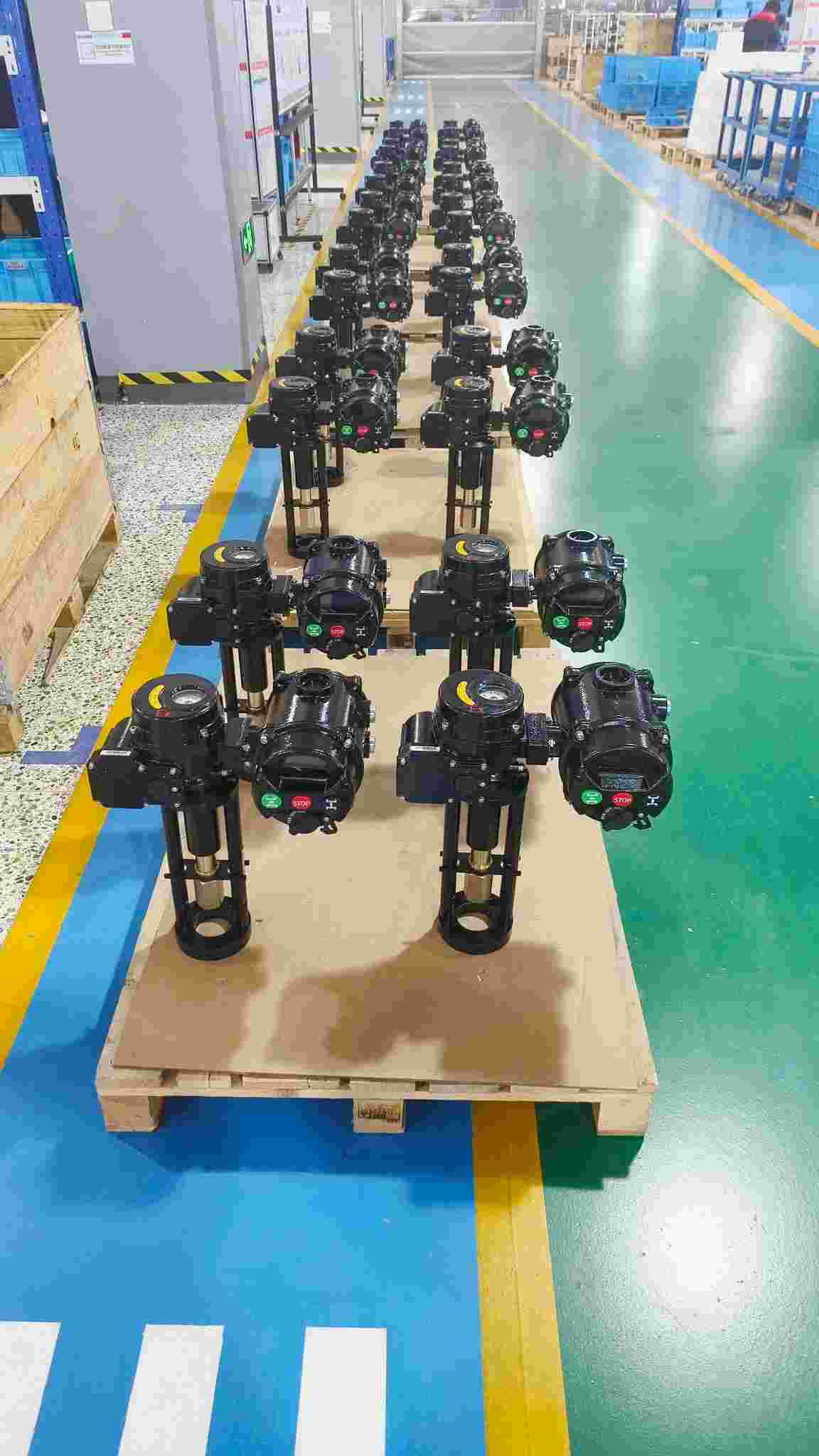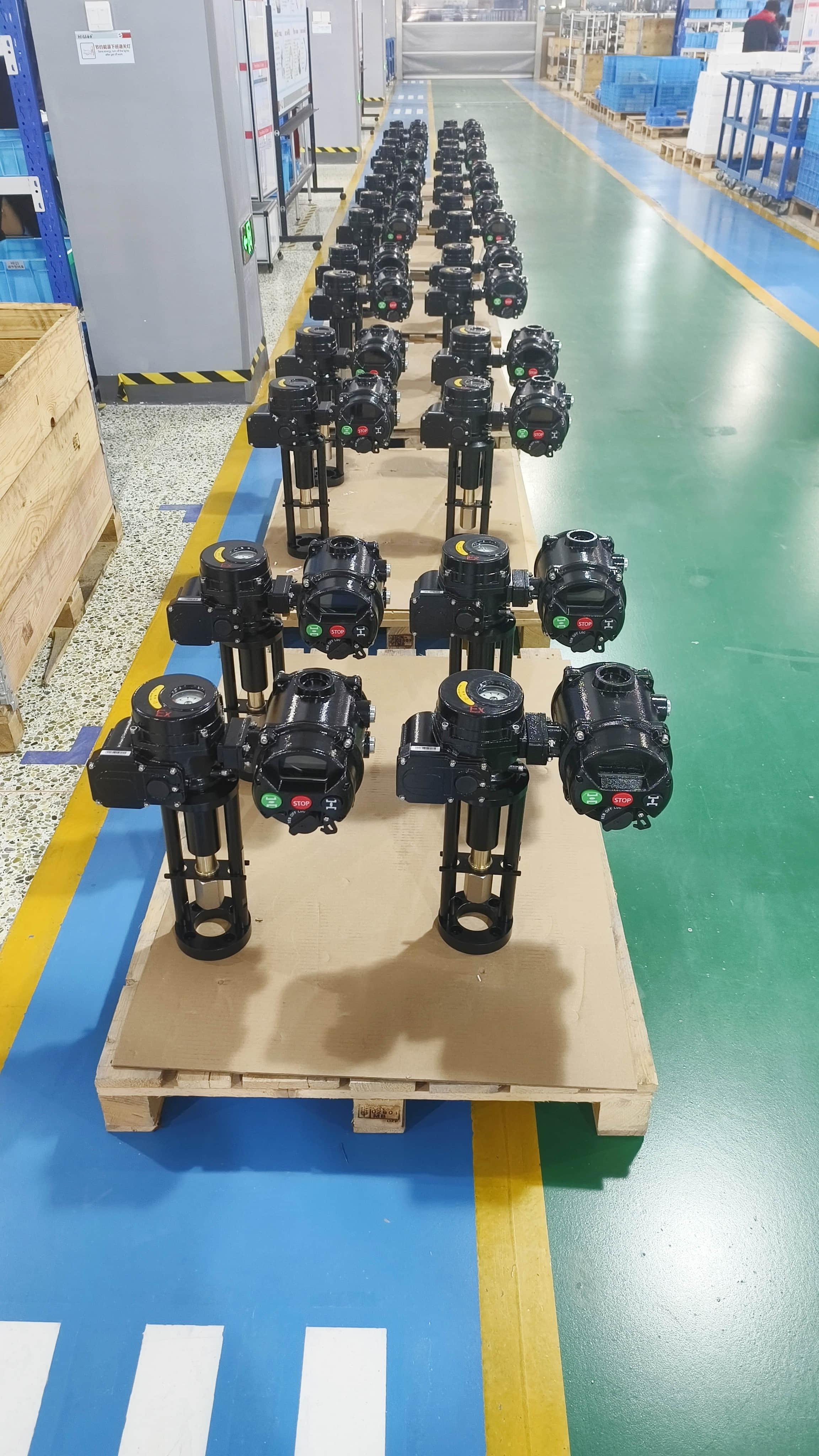
Intelligent integrated actuators are revolutionizing the way industries approach automation and control systems. These cutting-edge devices, which combine the functionality of traditional actuators with advanced sensing, communication, and processing capabilities, are paving the way for more efficient, precise, and adaptable systems across a wide range of applications. In this article, we will explore the fundamental principles behind intelligent integrated actuators, their components, benefits, and their role in shaping the future of automation in various industries.
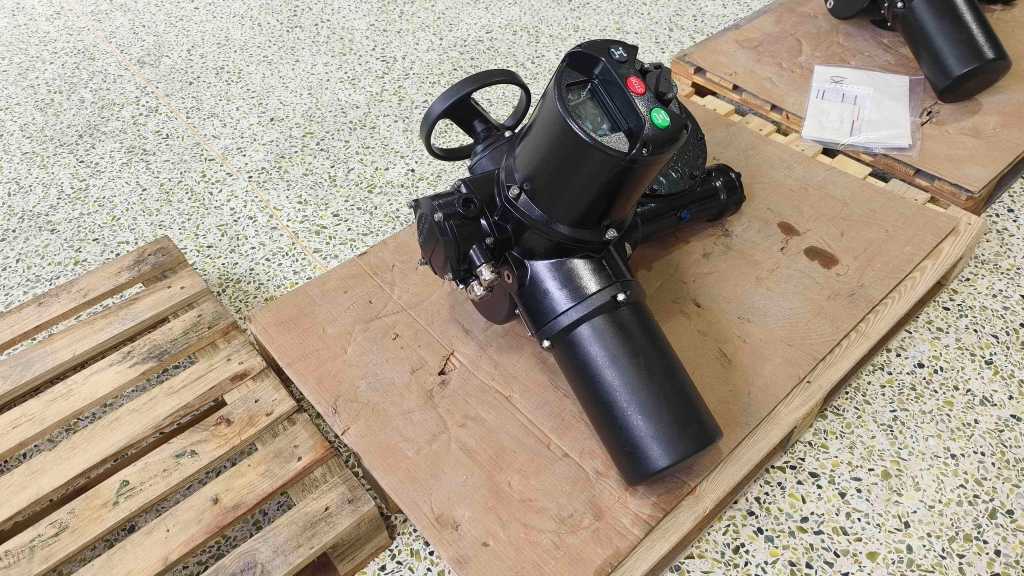
Understanding Intelligent Integrated Actuators
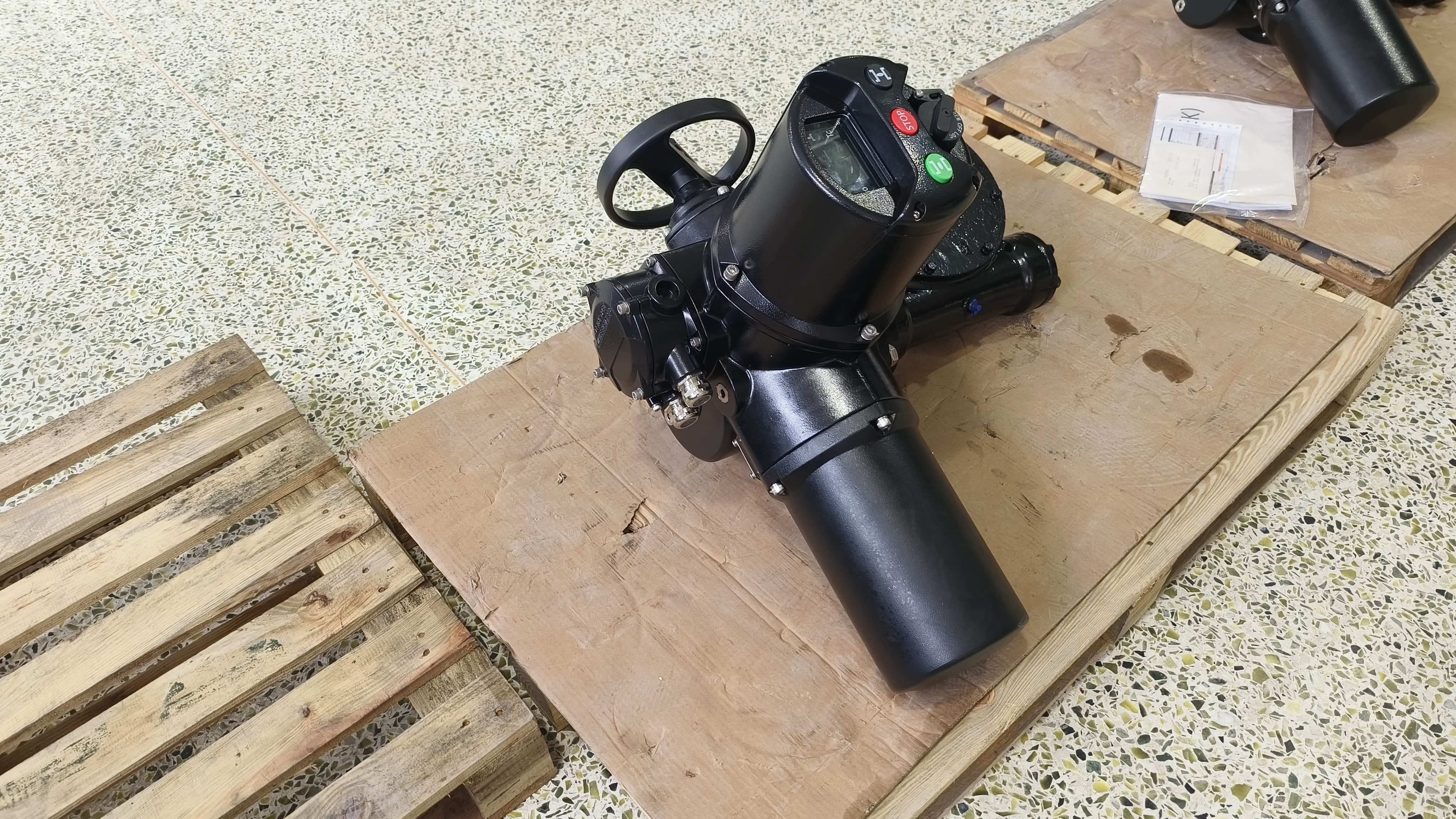
At their core, intelligent integrated actuators are a fusion of traditional actuators, such as motors or hydraulic systems, with integrated sensors, microcontrollers, and communication interfaces. The integration of intelligence into these actuators means they are capable of not only performing mechanical tasks but also monitoring their performance, processing information, and adjusting their operation in real-time based on environmental feedback.
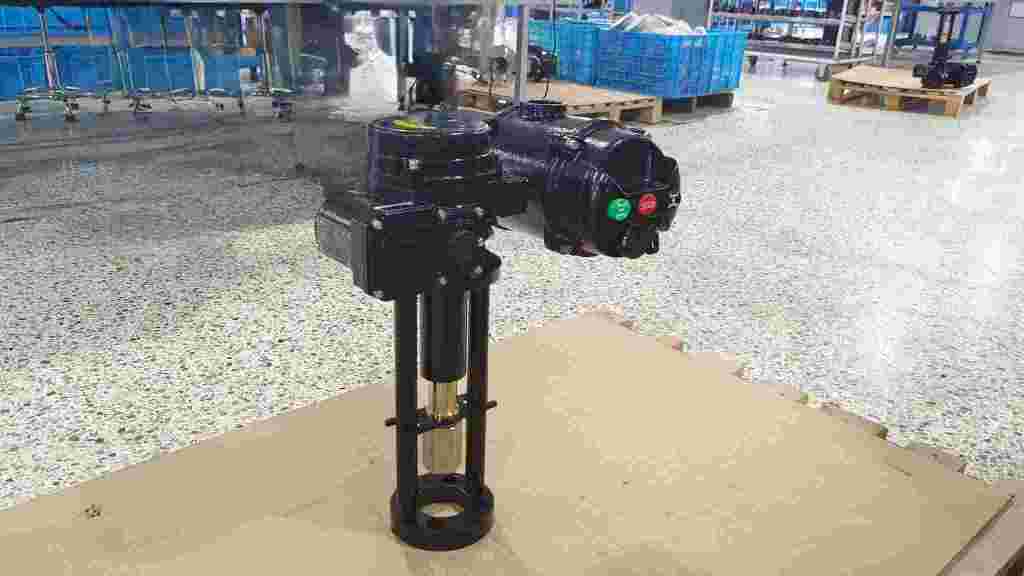
A traditional actuator typically functions to convert energy (usually electrical or hydraulic) into mechanical motion, allowing it to perform tasks like moving a robotic arm, opening a valve, or adjusting the position of a device. However, these systems lack the ability to adapt or monitor their own performance without external intervention. Intelligent integrated actuators, on the other hand, are designed with embedded sensors that provide real-time feedback on their operation, environmental conditions, or the loads they are handling. This feedback is processed by an onboard microcontroller or processor, enabling the actuator to make adjustments and optimize performance without the need for a separate control system.

Components of Intelligent Integrated Actuators
